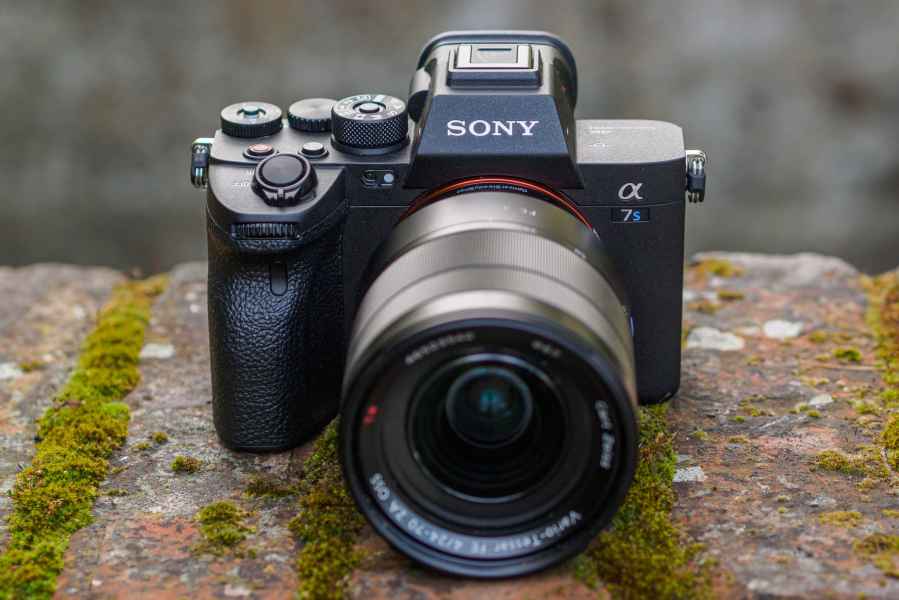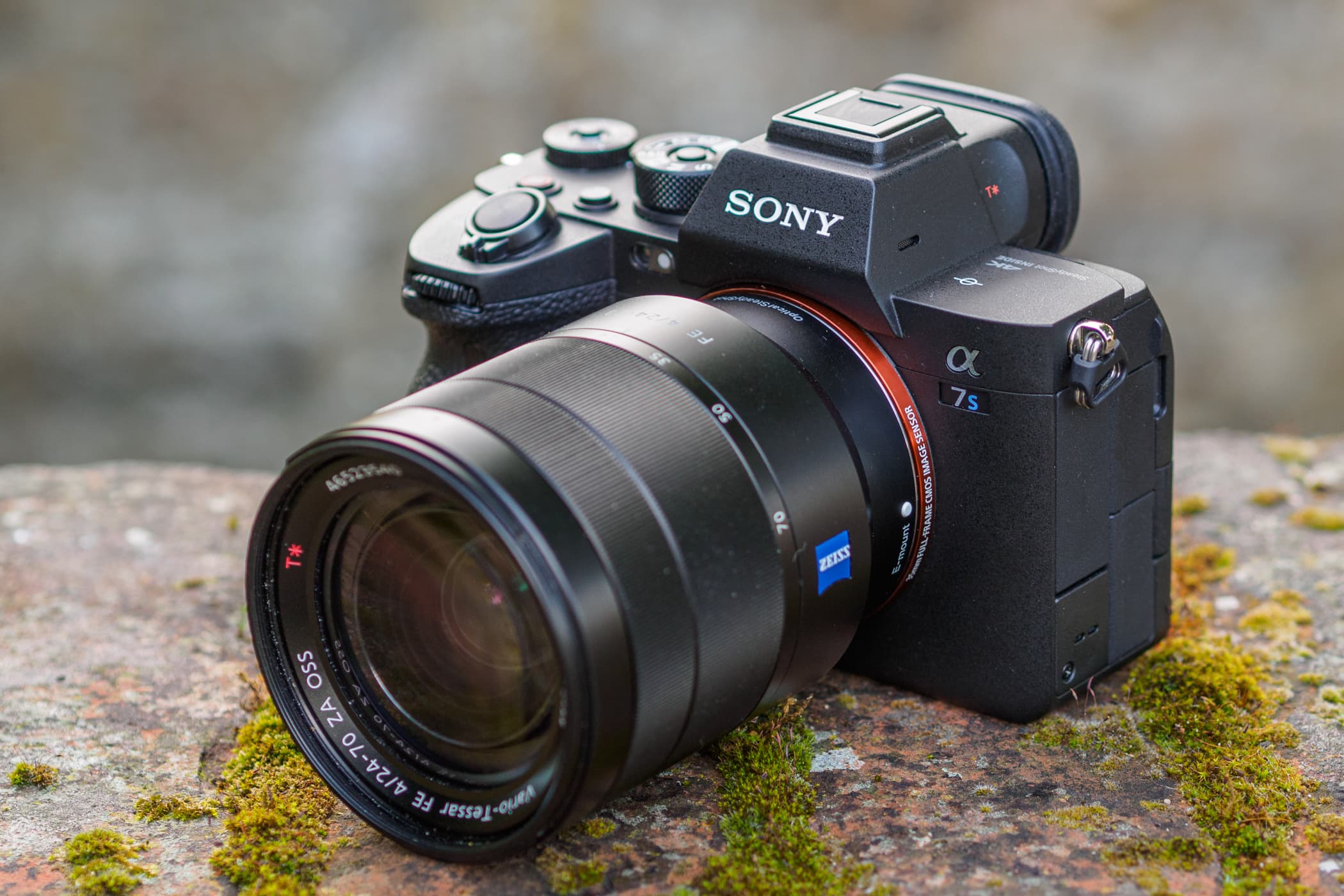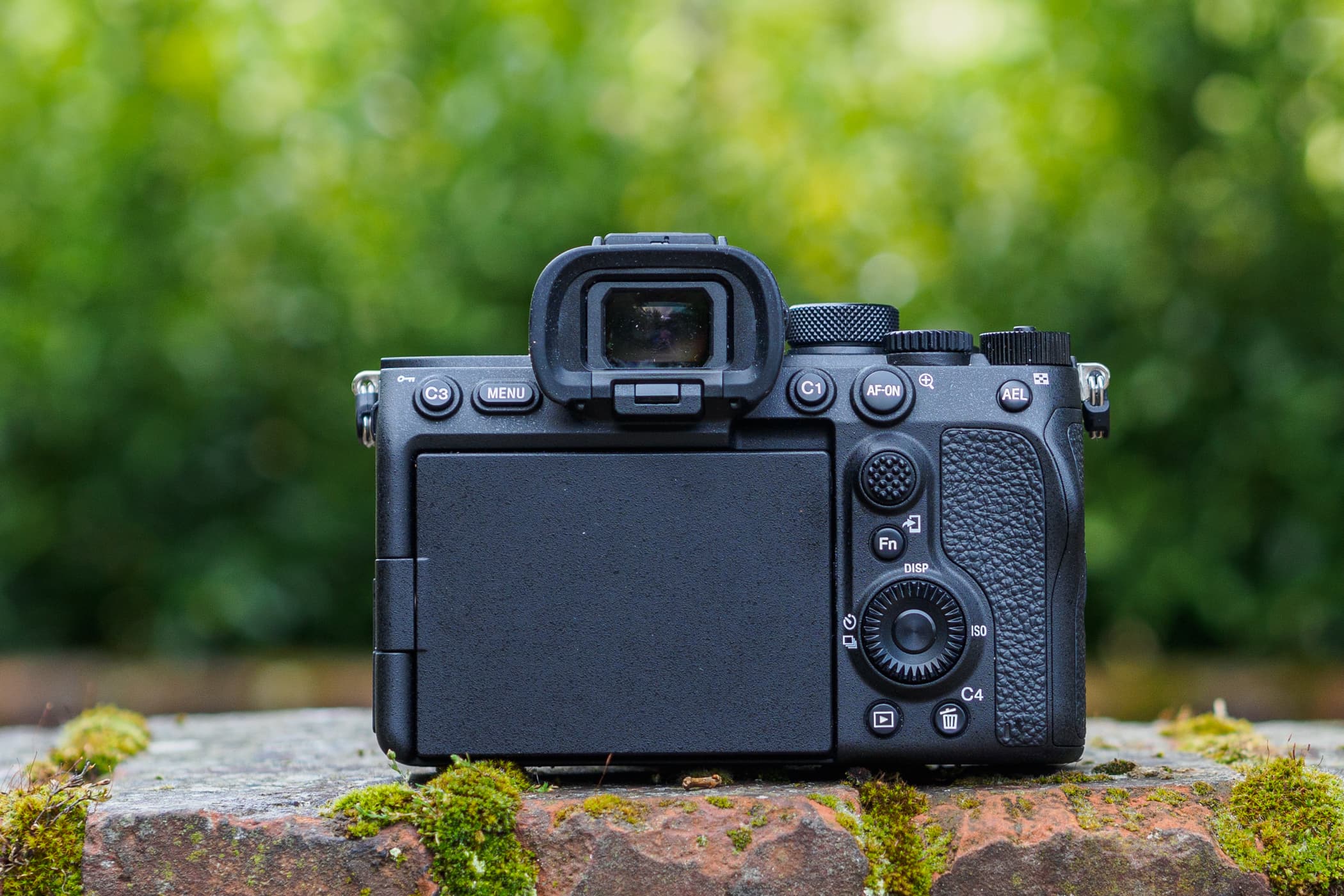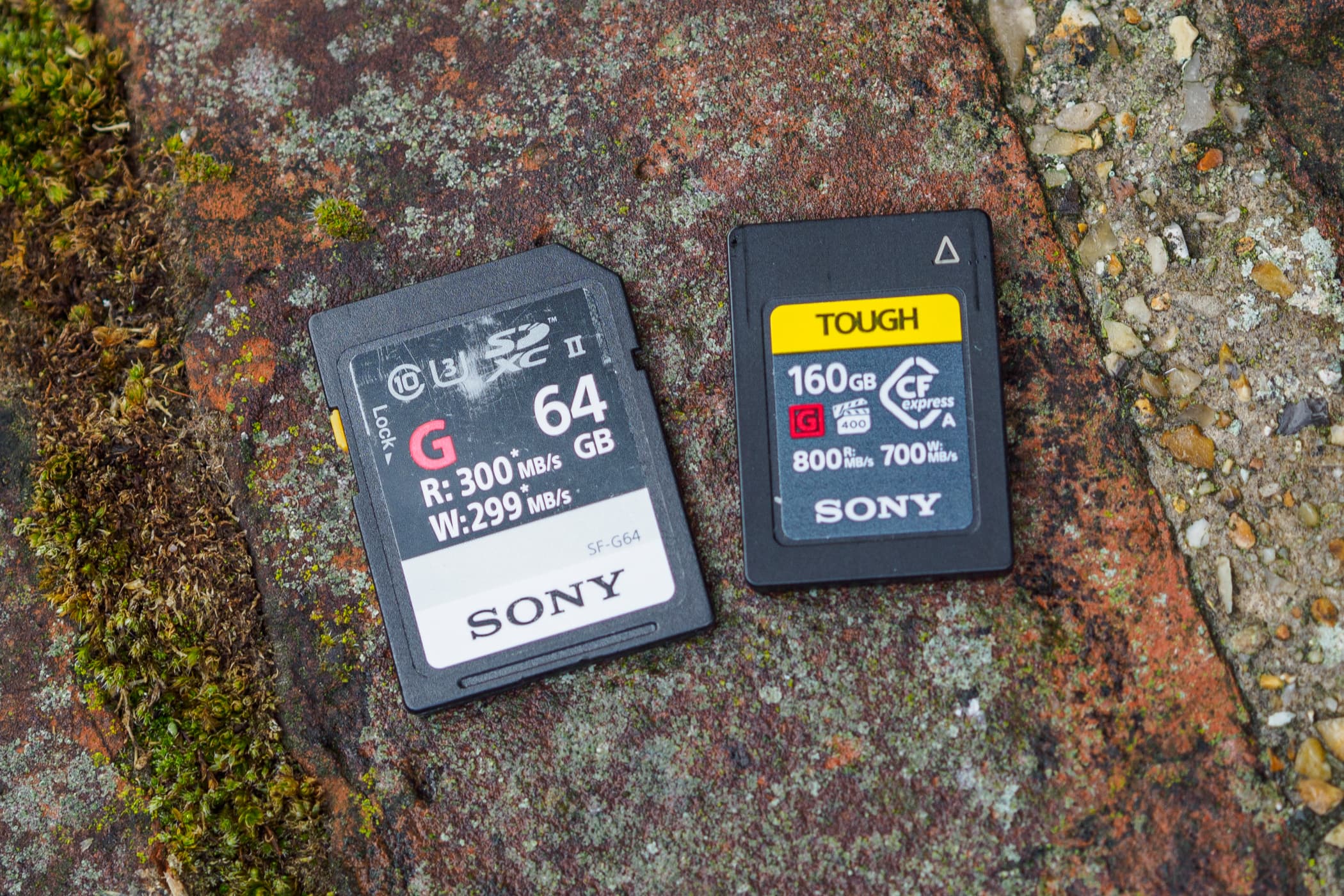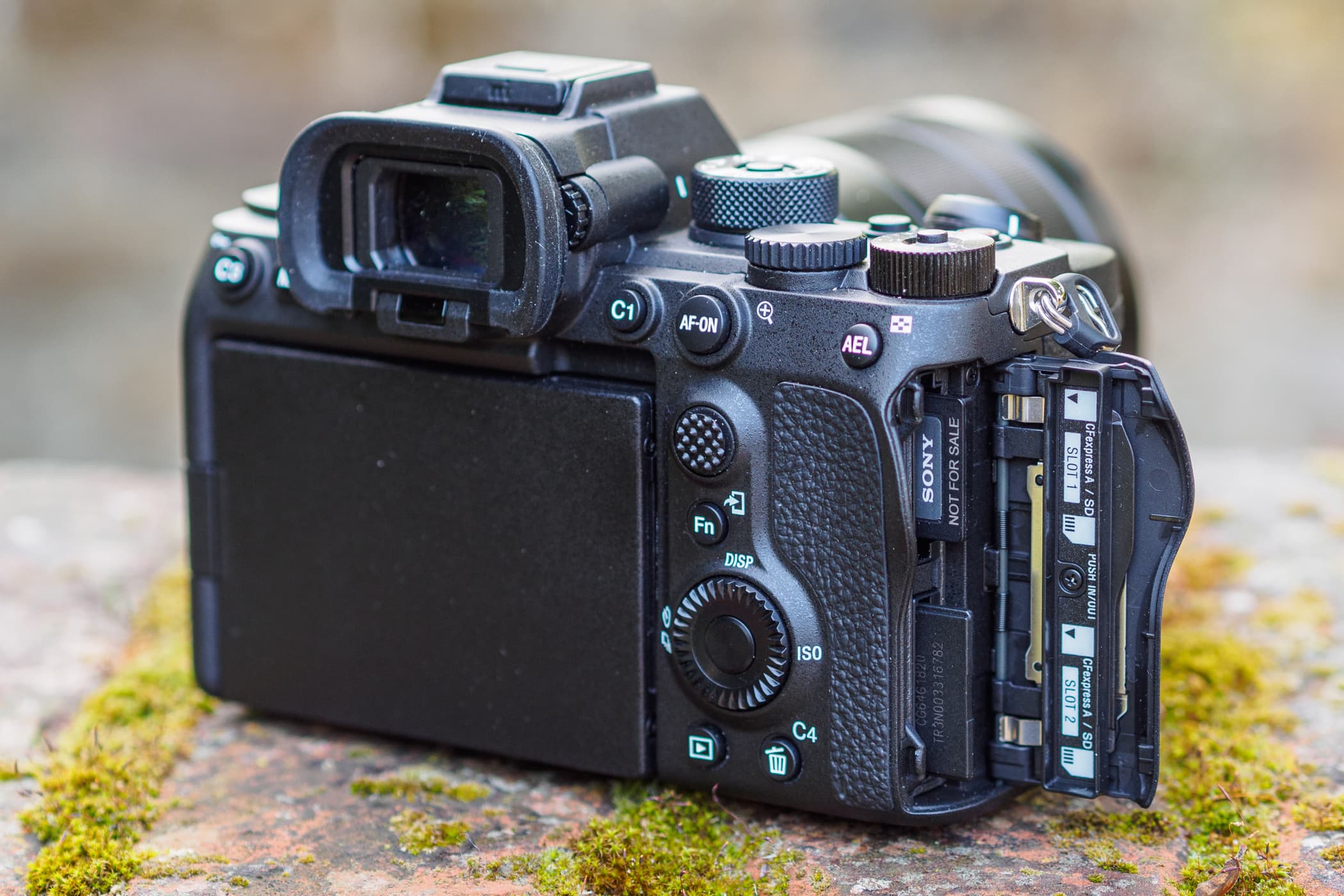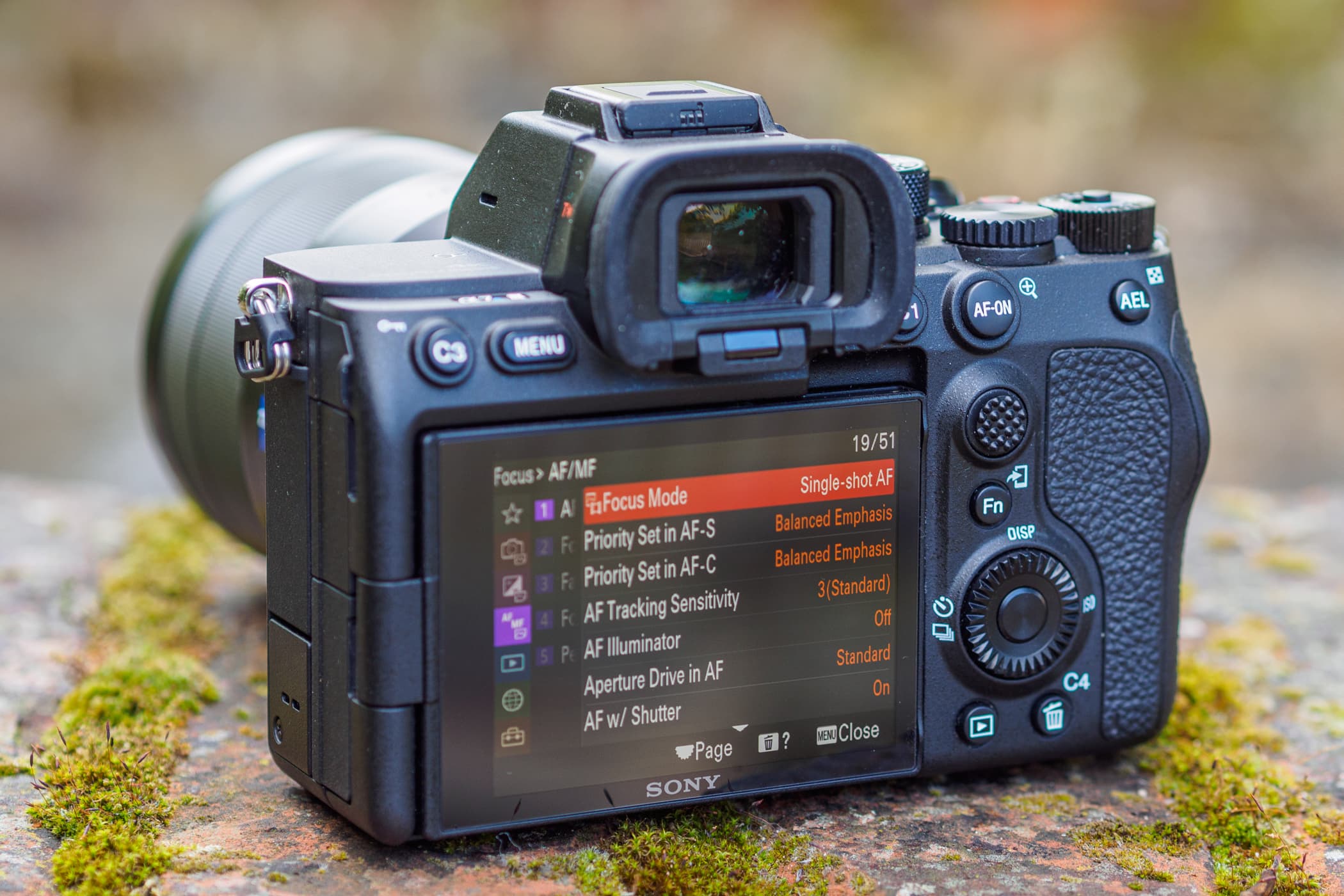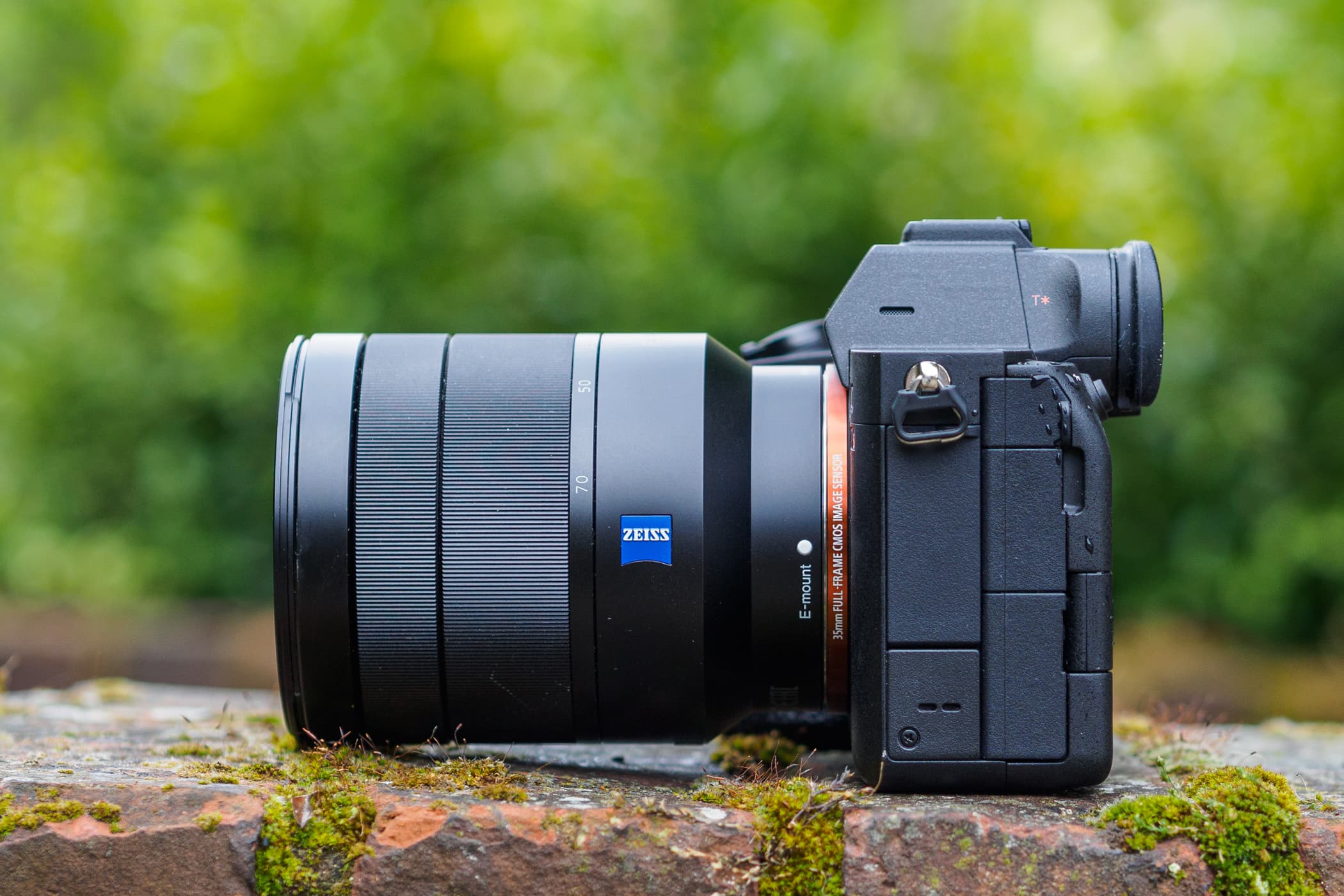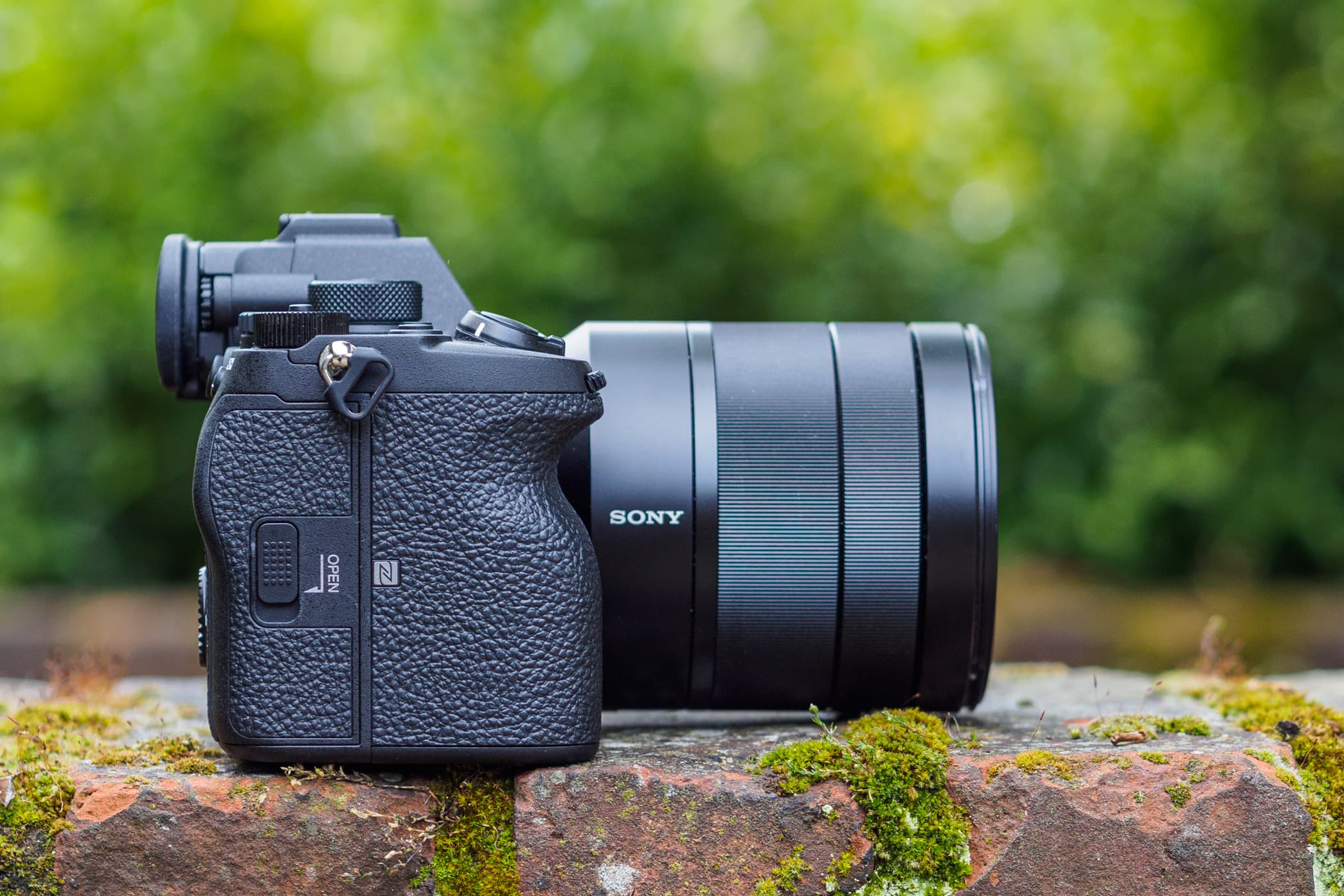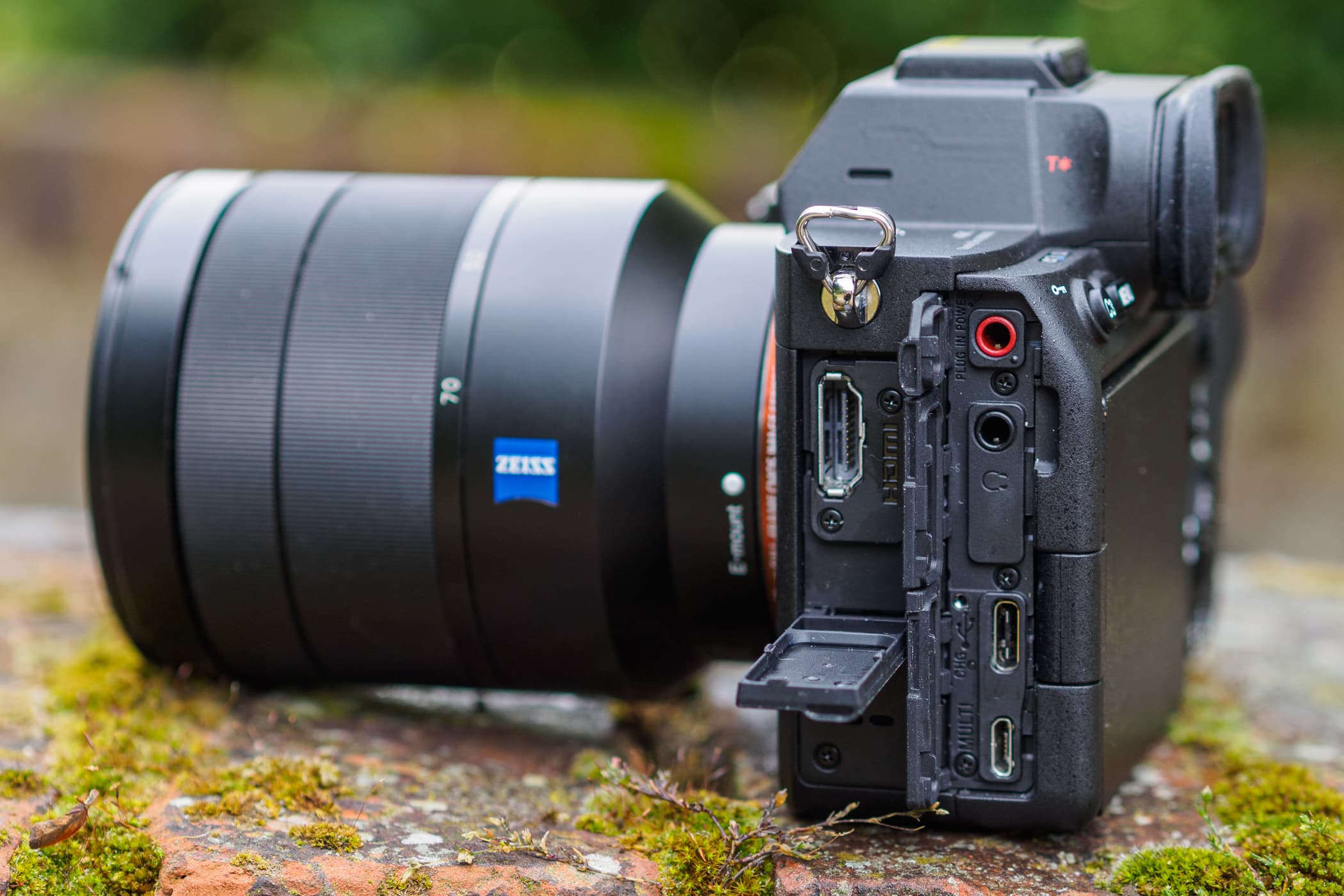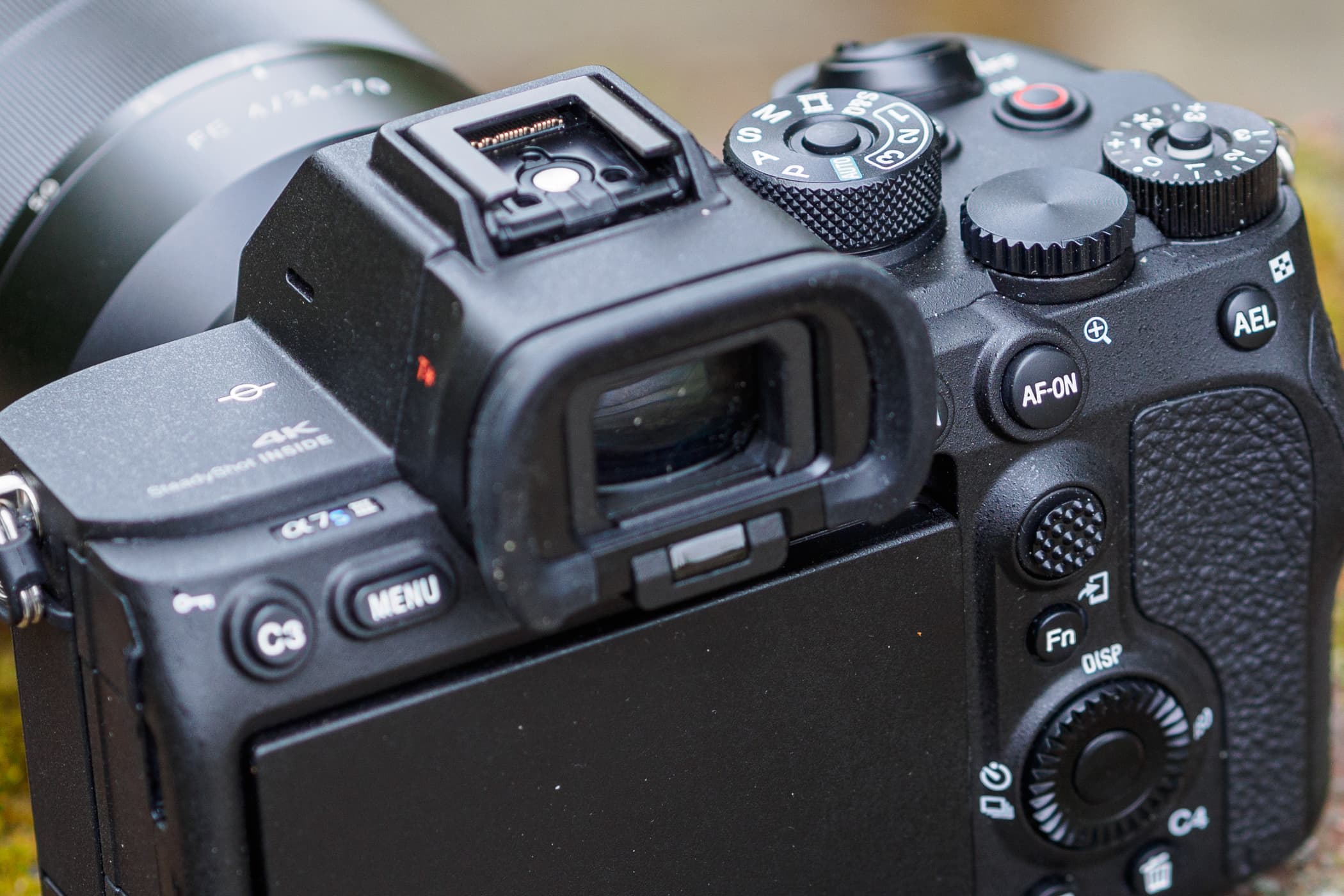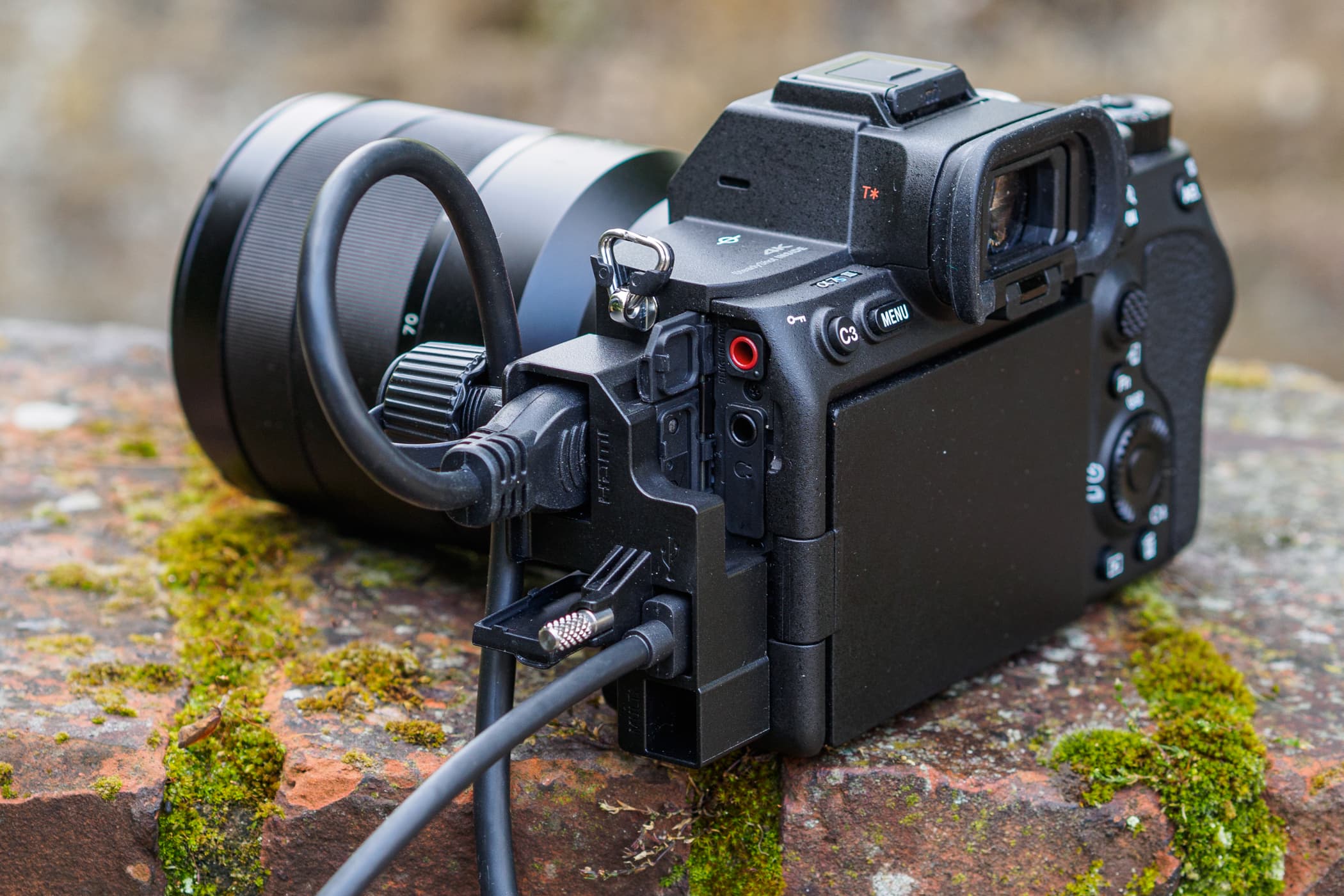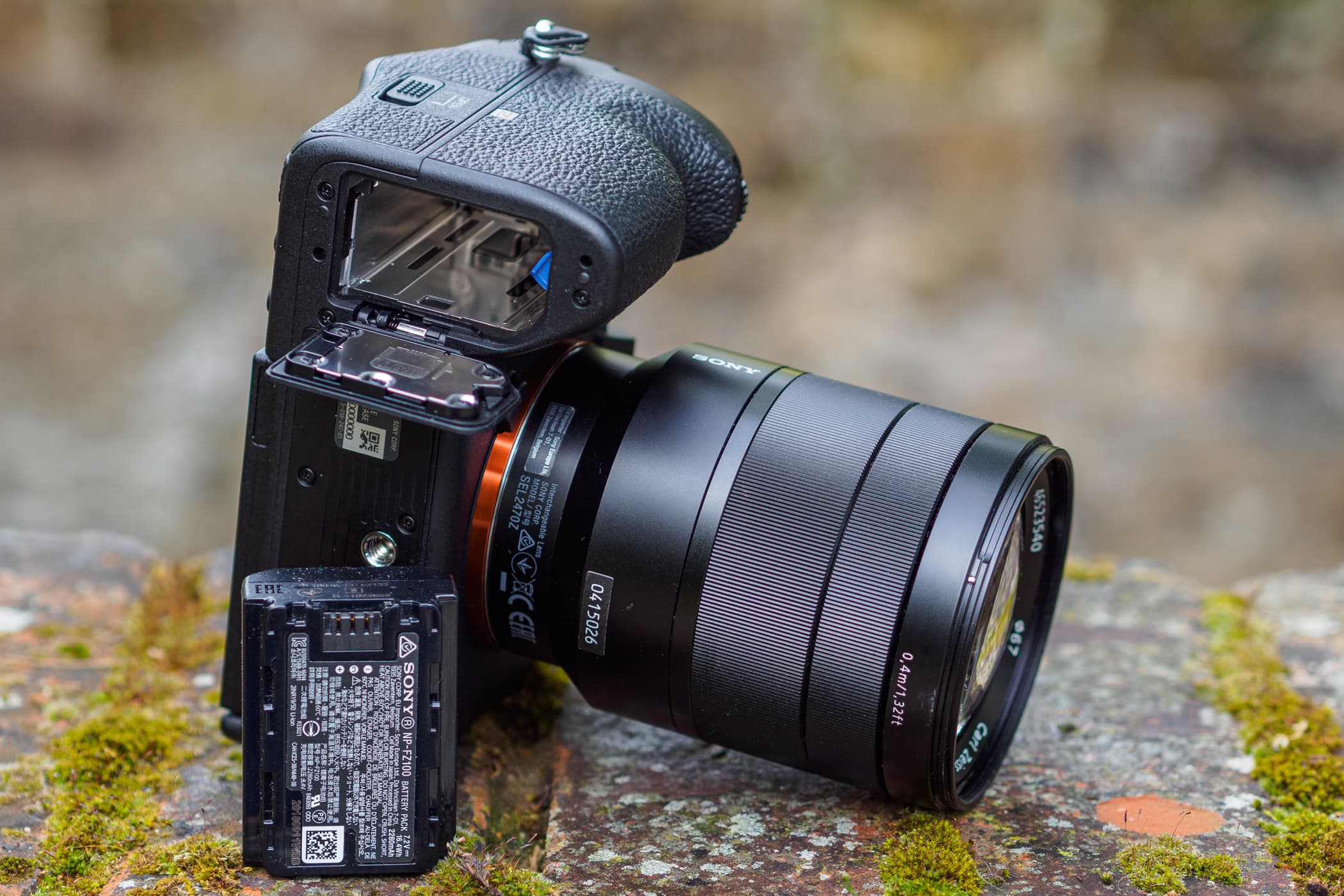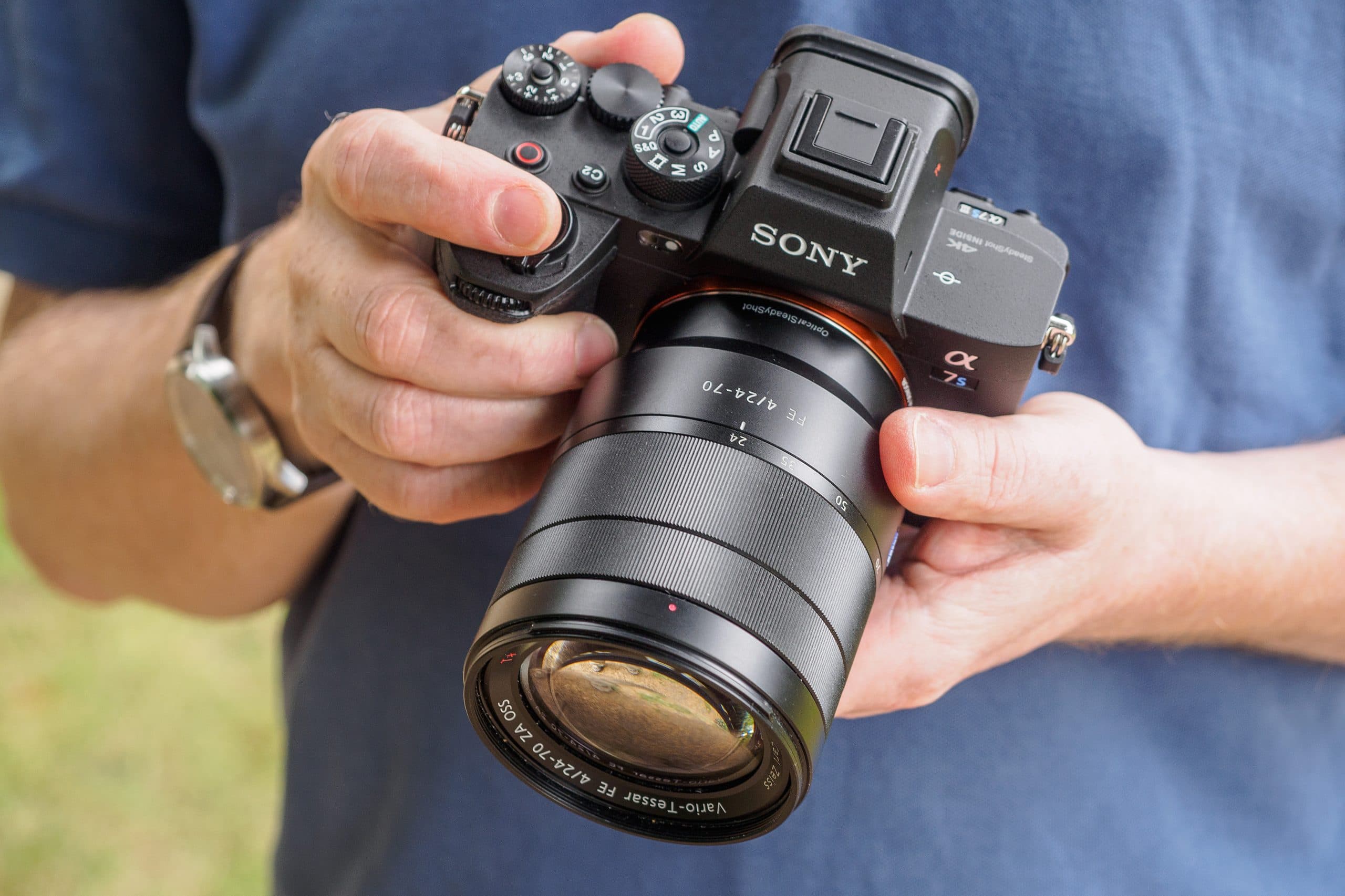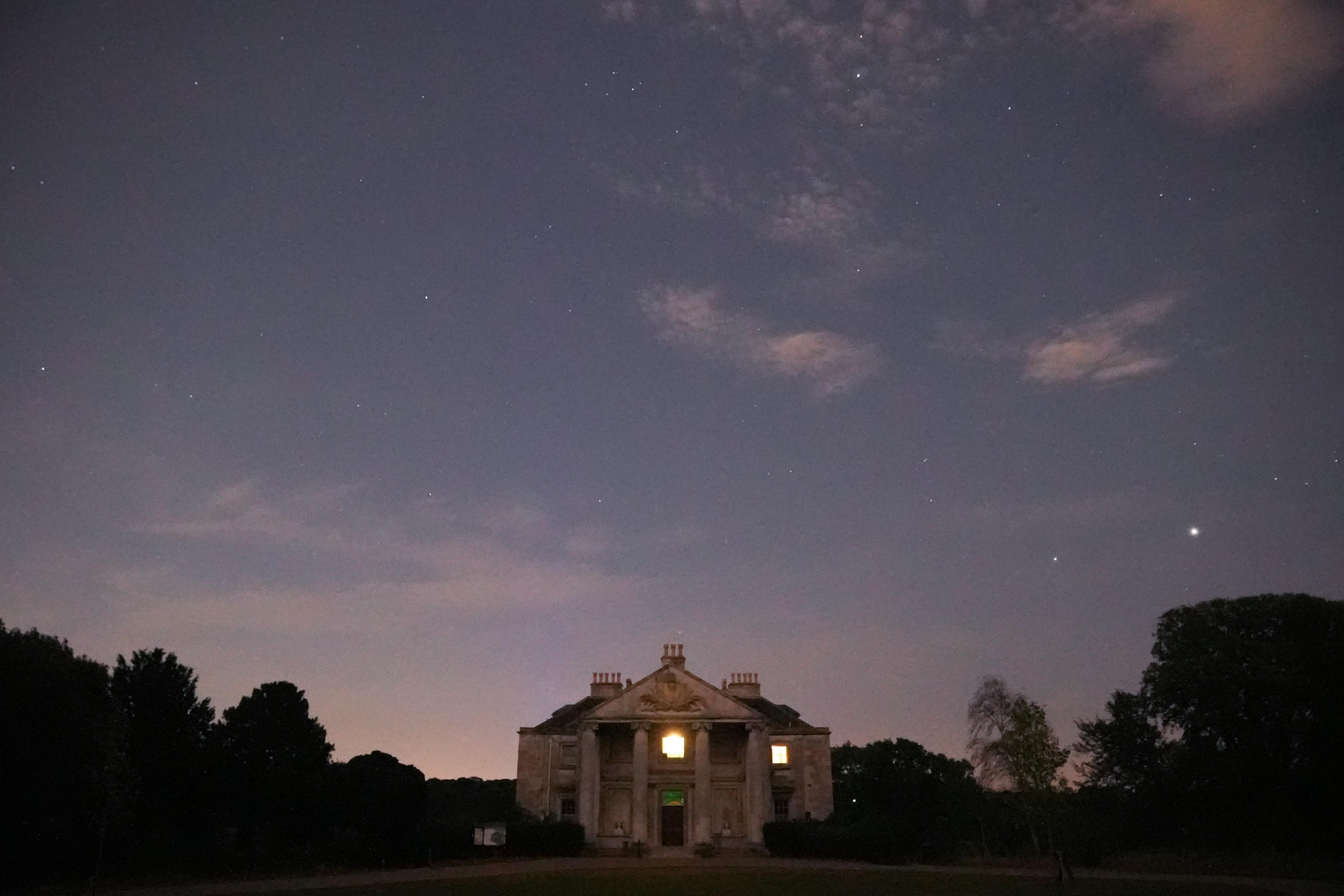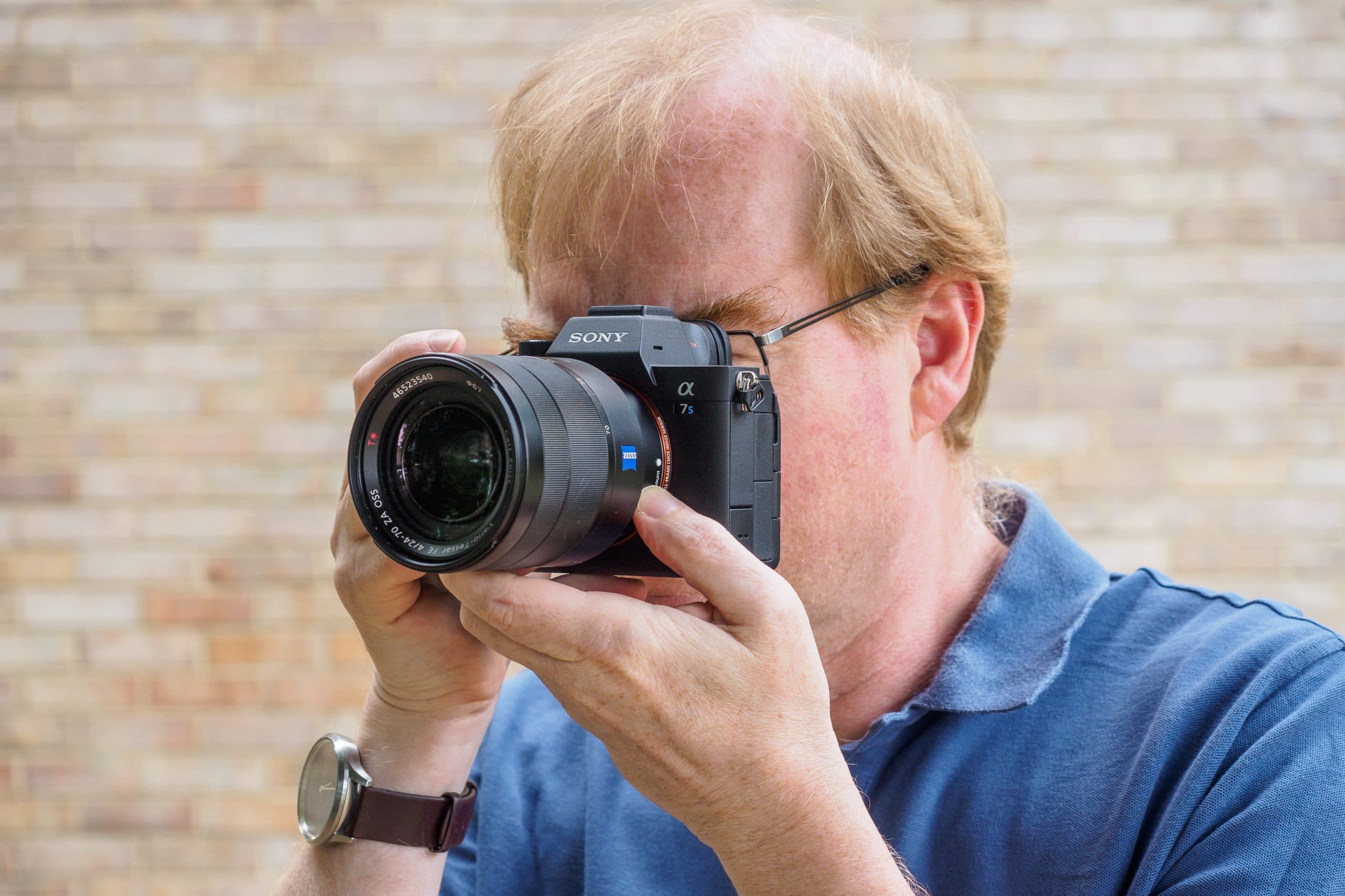Amateur Photographer verdict
One of Sony’s best-ever cameras, this low-light and video wonder is also one of the best 4K cameras you can buy – though the 12MP sensor won’t be enough for photographers- Excellent video capability
- Incredibly large and detailed viewfinder
- Much-improved menus and interface
- Fully articulated screen
- Low sensor resolution
- Needs pricey CFexpress Type A cards for best performance
Sony claimed ‘everything is new’, when it launched the Alpha 7S III in late 2020. To this day it is one of the best Sony cameras for low-light and video.
Sony’s Alpha 7S line has always occupied a niche position within its full-frame mirrorless range. With a 12MP sensor capable of shooting at a staggering ISO 409,600, it was originally conceived as a high-sensitivity option for low-light photography. But the line really found its feet with the A7S II in 2015, which was capable of recording 4K video internally, and so earned a loyal following among filmmakers for its compact size, excellent footage and remarkable low-light capability.
Sony A7S III: At a glance
- $3,198 / £3,389 (RRP) body-only
- 12.1MP full-frame BSI-CMOS sensor
- ISO 80-102,400 (ISO 40-409,600 extended)
- 10 frames per second shooting
- 759-point phase detection AF
- 9.44m-dot EVF, 0.9x magnification
- 3in fully articulated touchscreen
- 5-axis in-body stabilisation
- 4K video up to 120fps, Full HD up to 240fps
Indeed the advent of the A7S III didn’t just represent a considerable update for the ‘S’ line. I used a sample before its launch, and it’s packed full of significant developments that made it by far the best Alpha 7 to date, for its user interface and handling. So while it may not be of direct interest to many photographers, it gave us some interesting pointers to what we could expect next from the mainstream A7 III’s successor, the Sony Alpha A7 IV.
Sony Alpha 7S III – Key points
- A stunning new 9.44m-dot electronic viewfinder offers QXGA (2048 x 1536) resolution and a huge 0.9x magnification
- This is the first Alpha 7 to employ a side-hinged fully articulated LCD, which is a very welcome advance for both stills and video work
- Sony has designed a completely new touch-sensitive interface, which is a massive improvement over its previous cameras
- The camera’s twin card slots will both accept either UHS-II SD cards, or the new CFexpress Type A cards
Sony A7S III Firmware Updates
Sony are now on firmware version 4.0, which adds to previous tweaks to improve stability of the camera, but also includes all previous firmware updates. Since launch, there have been a number of updates that are of particular interest to videographers, including proxy recording, improved Eye AF, improved custom white balance, as well as other fixes.
You can get the latest firmware updates from Sony’s website.
Sony A7S III – Features
Like its predecessors, the Alpha 7S III is based around a 12MP full-frame sensor. However this is a completely new Exmor-R design with a back-illuminated structure that provides double the readout speed, and includes phase detection pixels for autofocus. In concert with the brand-new Bionz XR processor that’s three times faster than before, this provides a radical improvement over its predecessor in terms of shooting speed and autofocus.
The on-chip phase detection provides 759 focus points across almost the entire image area. All of the firm’s latest AF technologies are on board, including real-time Eye AF and real-time tracking, and they now all work during video recording, too. With so many focus points to choose from, a new ‘AF frame move amount’ menu setting trades off the speed with which you can move the focus point to the edges of the frame against positioning finesse.
A sensitivity range of ISO 80-102,400 is available as standard, extendable to ISO 40-409,600, and while the top ISO hasn’t been increased, Sony says it should look much cleaner than before. The camera is capable of shooting at 10 frames per second – double the rate of the mark II – and can supposedly keep going for 1000 raw frames before slowing down, when using a suitably fast memory card.
On this note, the Alpha 7S III becomes the first camera to accept the new CFexpress Type A memory cards. Measuring 20 x 28 x 2.8mm, they’re smaller than either SD cards or the CFexpress Type B cards used in other mirrorless models, which adopt the XQD form factor (38.5 x 29.8 x 3.8mm). Technically, for data transfer they use a single PCIe lane that provides a maximum speed of 1000Mpbs, half that of the Type B format (as it employs a dual-lane architecture). So in principle, they can comfortably handle the A7S III’s 600Mbps maximum bit-rate, but wouldn’t be capable of dealing with 8K video, as output by the Canon EOS R5.
However, the A7S III demonstrates one key advantage of the smaller format. It enables dual card slots to be fitted into the camera without taking up too much space, while also allowing them to accept the hugely popular SD format too, which simply slot in facing the other way around.
Naturally, Sony released CFexpress Type A cards alongside the camera: with a specified read speed of 800Mbps, and 700Mbps for writing, they’re available in 80GB for for $179 /£178, 160GB for $268 / £299, and more for more. A dual SD / CFexpress Type A card reader, the MRW-G2, costs $118 / £109. This makes the cards more expensive than CFexpress Type-B, and adds considerable extra cost for those who want to get the most out of the camera when recording video internally.
In place of the Creative Styles found on previous cameras, Sony has introduced a subtly different approach to colour modes, called Creative Looks.
Instead of the descriptive names previously given to Styles, each is referred to by a two-letter abbreviation. Most are fairly easy to guess; ST is standard, PT is portrait and VV is Vivid. Unfortunately others are pretty impenetrable, such as FL, IN, and SH.
Pressing the Delete key gives an explanation of which each is doing, but it’s not always helpful: for example FL “Creates an image with moody finish by applying sharp contrast to the calm colouring as well as the impressive sky and colours of the greens.” Me neither.
Each Look now has a much wider array of parameters that can be adjusted, namely contrast, highlights, shadows, fade (which raises the black point), saturation, sharpness, sharpness range, and clarity. So there’s plenty of scope for building your own preferences in-camera.
In what seems sure to become an increasingly common feature, you can choose to record still images in the high efficiency image file (HEIF) format rather than JPEG, with a choice of 4:2:0 or 4:2:2 compression. However, you can’t record both HEIF and JPEG at the same time.
Disappointingly, though, there’s still no in-camera raw conversion. Maybe Sony will finally get around to adding this to one of it’s cameras, but we won’t hold our breath.
Sony Alpha 7S III – Build and Handling
The physical design of the A7S III is similar to the A7R IV, which means that it’s bulked up considerably compared to its predecessor. Indeed at 130 x 98 x 82mm and a shade over 700g, it’s slightly smaller only than the A7R V in the range.
It sports a big, chunky grip that’s both taller and deeper than those on previous generations, finally providing a space for your little finger to nestle, which in turn brings a much more secure hold. However the grip’s somewhat slab-sided profile means it’s less comfortable in your hand compared to the highly sculpted grips found on most other high-end mirrorless models, including the Canon EOS R5.
The A7S III’s body is covered with big, chunky buttons that provide a long, positive travel. Pretty much every control has been refined and improved over third-generation A7 models; for example the joystick is larger and has a textured surface, the AF-ON button is much easier to locate and press with the camera up to your eye, and the exposure compensation dial has a toggle lock to prevent accidental movement. Compared to the now rather ancient A7S II, the difference in control layout and usability is as night and day.
There are other refinements over the A7R IV and A9 II. Most obviously, the video button is on a more convenient location on the top-plate, swapping places with the C1 button that’s now located beside the viewfinder.
The card compartment door requires a sliding latch to be released before it can be slid backwards and opened. All of the connector ports have thick, hinged, rubberised covers, and the microphone socket is positioned up on the shoulder of the camera where it won’t interfere with the rotation of the screen. Unfortunately, the headphone socket’s door is much larger than it needs to be, which makes it obstruct the screen more than it should.
One huge operational improvement lies with Sony’s user interface. We’ve complained for years about the firm’s obtuse menus and lack of any touch interface; with the A7S III, Sony fixed both.
The A7S III has a brand new menu design that groups related functions together far more logically into nested sub-menus, and is fully operable by touch. The new layout employs seven colour-coded menus, with My Menu at the top, and Shooting, Exposure/Color, Focus, Playback, Network and Setup below. However, all of the many settings and options have been completely re-arranged across the 51 tabs, so existing Sony users will have to rediscover where they all are.
The onscreen Fn menu is also fully touch-sensitive. This transforms the ease and speed with which you can find and change settings, making the A7S III the best-handling Sony camera to date by far. However it’s worth noting that by default, the C4 button toggles the touchscreen on and off, and I found it easy to hit by accident, leaving me jabbing fruitlessly at the screen. I’d reallocate this button to something more useful instead.
Sony A7S III – Viewfinder and screen
In possibly the A7S III’s single most spectacular feature, it boasts the world’s highest resolution electronic viewfinder – (incorporated also in the A1, and since in the A7R V, A9 III, A1 II) – which provides a breathtakingly large and detailed view. Indeed at approximately 0.9x magnification, it is to all intents and purposes as large, bright and sharp as the optical viewfinder of my Olympus OM-1 when compared side-by-side – which in context is arguably the best viewfinder ever used on a 35mm SLR. It’s a real statement of capability and intent from Sony, and frankly leaves any DSLR in the shade.
In another extremely welcome update, and for the first time on a Sony interchangeable-lens camera, the A7S III sports a side-hinged vari-angle screen. While some see this as mainly a video feature, it’s also great for shooting portrait-format still images at high or low angles. When recording video with the screen facing forwards, a new ‘Emphasise display during recording’ outlines the LCD screen with a thick red box, which provides a far better visual cue than a small red dot on the screen.
Sony Alpha 7S III – Video features
Ultimately, it’s the video capabilities that Sony has really concentrated on. The A7S III may not match the eye-catching 8K resolution of the Canon EOS R5, or Sony Alpha A1, but it looks like it’ll be the more practical camera in real-world use. It’s capable of recording in 4K at up to 120fps, with 10-bit 4:2:2 colour and All-I compression at 600Mbps for maximum quality, and with a claimed 15-stop dynamic range. In Full HD it’ll shoot at 240fps.
While the camera can’t record raw video internally, it can to an external recorder over HDMI. It’s possible to view what you’re shooting on the camera’s monitor when recording externally. Sony supplies a cable guard that should prevent the HDMI or USB-C power cables from coming loose accidentally during recording, but it does prevent the screen from tilting, and will block practically the entire view when the screen is set to face forwards.
Sony says that the camera’s internal structure is five times more effective at dissipating heat than before, which allows it to shoot 4K 60p video for at least an hour, in contrast to the EOS R5’s maximum of 35 minutes before overheating. Its 5-axis in-body stabilisation now claims 5.5 stops benefit, and can be boosted by additional electronic stabilisation for super-steady hand-held video footage, at the cost of a 1.1x crop. Meanwhile rolling-shutter distortion is reduced by a factor of three.
Other advanced video features include four-channel, 24-bit internal audio recording; 10-bit S-log2 and S-log3 profiles; 10-bit hybrid log gamma for instant HDR; and 16-bit raw output over HDMI to an external recorder. It’s possible to use completely independent settings for stills and video, although I’m not sure how often the A7S III will ever get used for the former. The Z-type battery offers a 60% increase in capacity compared to the A7S III’s NP-FW50, while USB-C can be used both for fast charging, and to power the camera during long recordings.
I tested the A7S III’s continuous recording ability with the camera set on a tripod, with its screen folded out, at an ambient temperature of 22°C. I found it was perfectly happy shooting at 4K and 60fps continuously for 86 minutes, and ultimately was limited by the dual 140GB CFexpress Type A cards running out of space (the battery was also almost exhausted).
The camera body did get noticeably warm, but not uncomfortably so. Given the Canon EOS R5 and R6’s much-discussed problems with overheating, the A7S III seems likely to be a much better choice for serious filmmakers. Sony’s class-leading autofocus also does a superb job of keeping the subject’s face in focus, no matter how they move around the frame.
Performance and Image Quality

Sony Alpha 7S III – Verdict
It doesn’t take long with the A7S III to be seriously impressed. Its 9.44m-dot viewfinder is incredible, and Sony’s new touch interface addressed one of our longest-running gripes. The autofocus is light years beyond its predecessor’s CDAF; it’s super-fast, accurate, and continues to work in vanishingly low light.
There’s no doubt that the Alpha 7S III is a seriously impressive piece of kit. Sony has long been adept at producing advanced sensors and image processors, but under increasing pressure from Canon and Nikon, it now builds bodies around this technology that can meet the expectations of demanding users. With its stunning viewfinder, fully articulated screen and touch interface, the A7S III was easily its best-handling camera to date.
Overall though, this camera is clearly aimed mainly at videographers. Despite the assertions of a vocal minority, few photographers will be prepared to accept its relatively low 12MP resolution in exchange for the ability to shoot at super-high ISO settings. However with its 10fps burst speed and excellent AF, it could become an interesting option for shooting sports or wildlife in extremely low light.
Sadly, the astonishing viewfinder is unlikely to find its way onto a much cheaper model, but I really hope Sony isn’t misled by the idea that fully articulated screens are for video rather than stills. Overall this is the best camera body that Sony has made by far, which augurs well for the future of the A7 line. The main question for Sony videographers is whether they go for this or the Sony Alpha A1.
Related reading:

